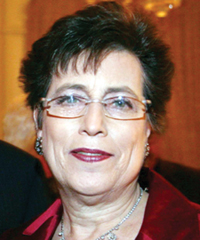Art and Business: How Do They Mix in Brooklyn?

weiss%2C%20ella_NEW.jpg
By Raanan Geberer
Brooklyn Daily Eagle
BROOKLYN — Although money is tight right now, business and government should support the arts because money spent on arts groups produces more income in the form of money spent at art supply stores, cafés and other local businesses — not to mention the new housing that the presence of artists attracts.